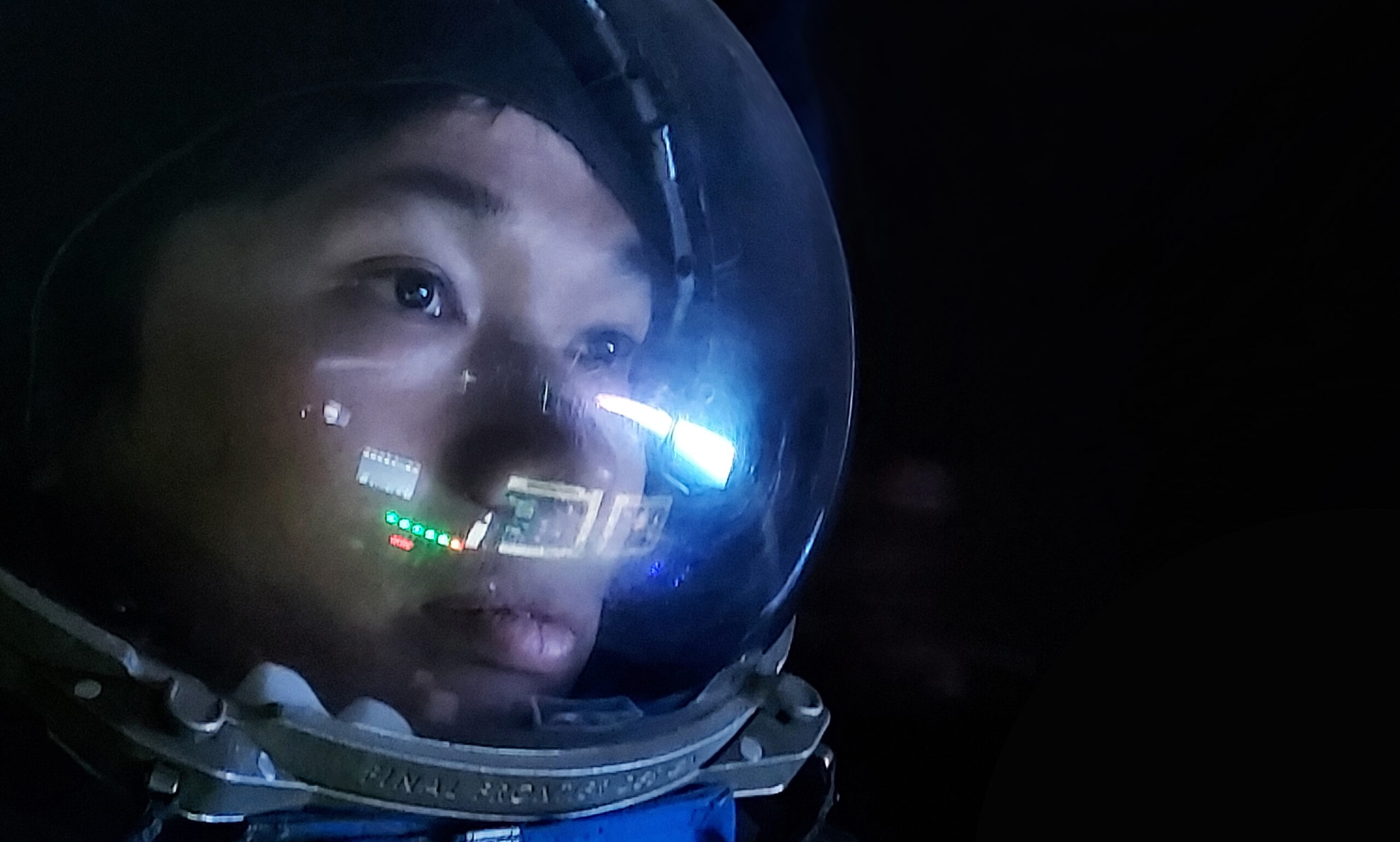
possumscreenshot8_banner
Since 2015 and with students from over 60 different countries, IIAS has promoted a globally-inclusive spacefaring future by providing affordable, immersive educational services and access to subject matter experts and state-of-the-art facilities.
























